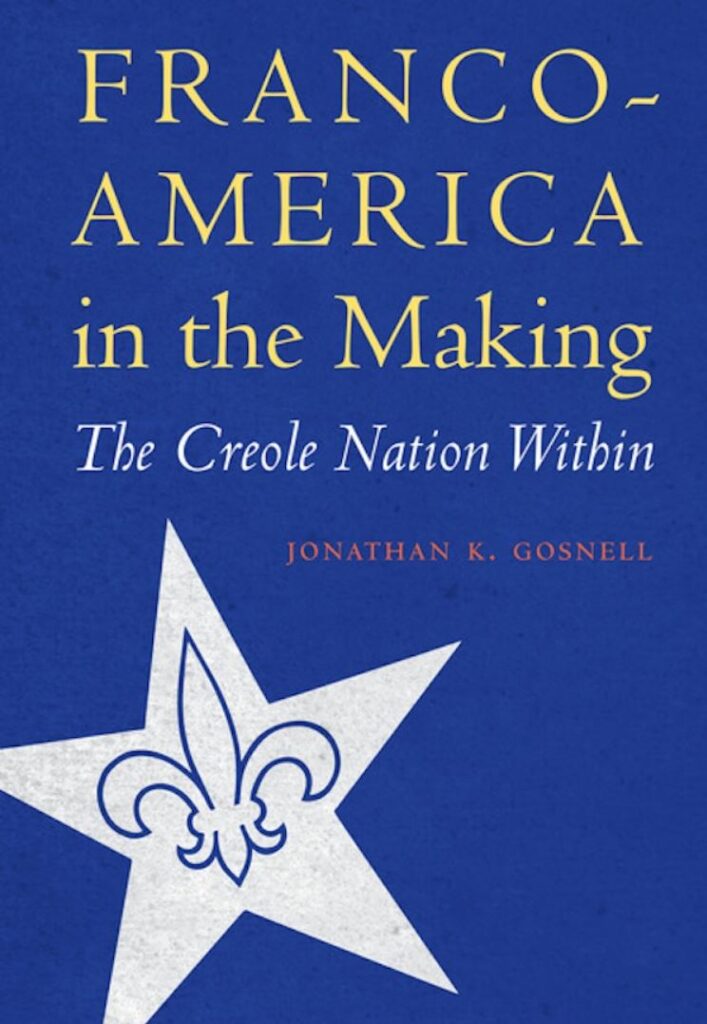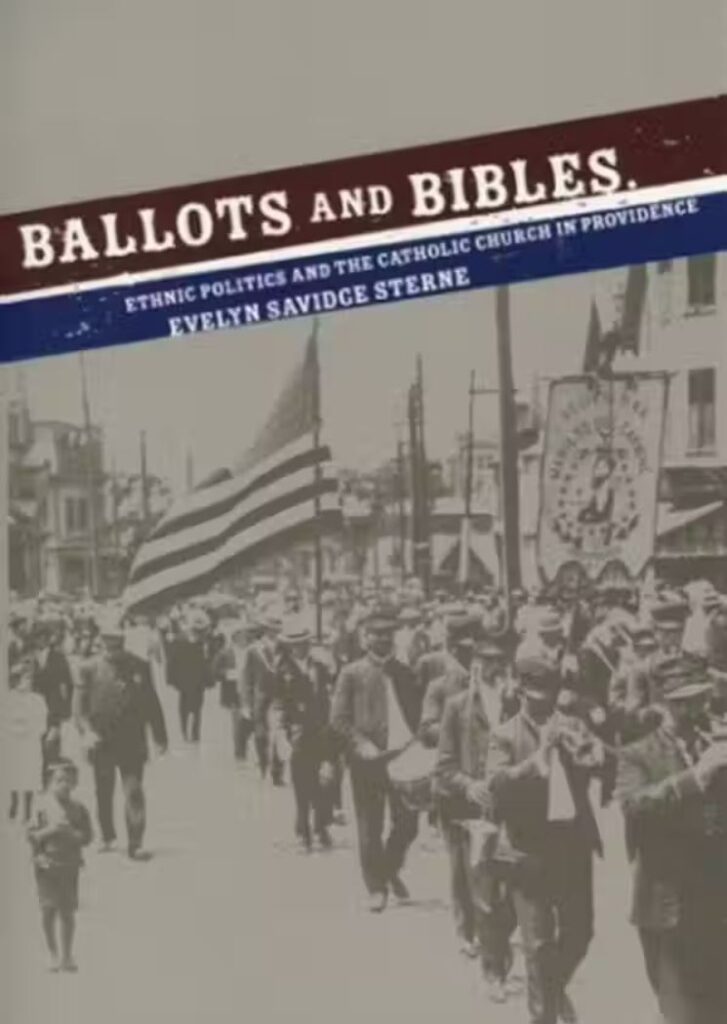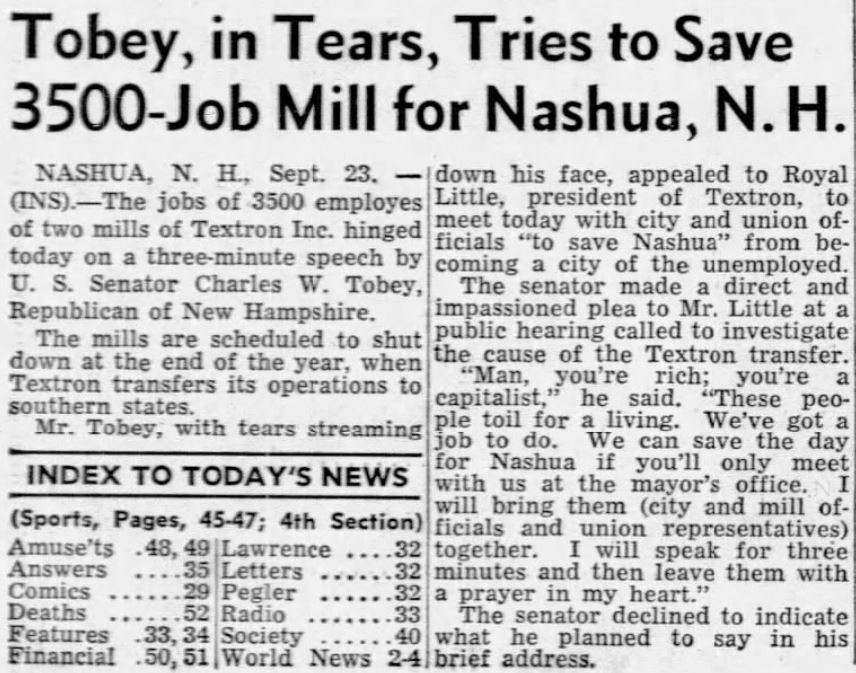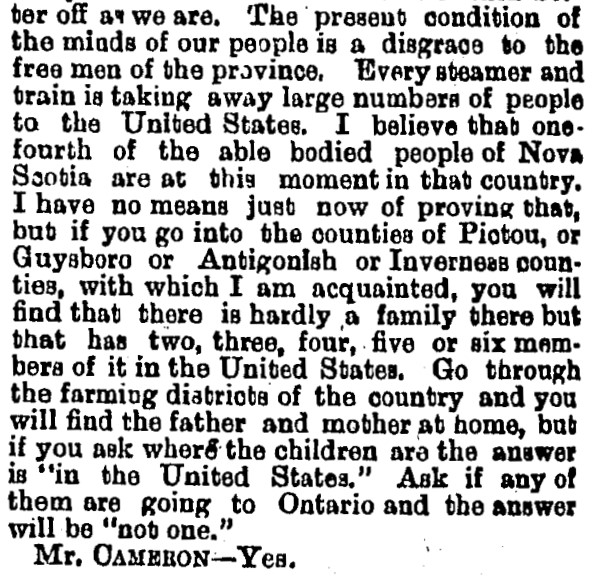This week marks this blog’s seventh anniversary. Thank you for your continued readership.
In 2000, in the American Review of Canadian Studies, C. Stewart Doty wrote of “The Future of the Franco-American Past.” Doty proposed lines of research that would substantially improve our understanding of Franco-American history. In the wake of a decade of sustained scholarship, which historian Yves Frenette understands as a new and distinct phase of research, the time may have come to assess Doty’s hopes, the extent to which they were met, and opportunities that remain.
The areas that Doty identified for further research fell roughly under six headings:
1. Using census records, “supplemented with city directories, employment records, tax rolls, and membership lists,” to delineate the story of Franco-American acculturation from the 1920s onward.
In 2000, Doty referenced Mark Richard’s work as evidence of what might be fruitfully accomplished. We now have access to U.S. federal census returns up to and including 1950, to say nothing of databases (IPUMS, BALSAC) that provide a demographic picture over a much longer span of time. The recent Déploiements canadiens-français et métis en Amérique du Nord (18e-20e siècle) has begun to fulfill the promise of big data. However, force est de constater that the last century of Franco-American history occupies, relatively speaking, a small share of all research output. The field remains open. We should seek out individual perspectives on the cultural compromises—if in fact they were seen as compromises—made by “Francos” as the institutional edifice of survivance was refashioned.

2. Studying more closely “Franco-American participation in trade union activity and politics.”
Doty added, “a study of Franco-American newspapers might shed light on Franco-American political activity.” We cannot quite declare mission accomplished in this field, for there is always more to be done, but the first book-length treatment of Franco-Americans’ political involvement in thirty years appeared in 2021. It provides a basis for continued investigation. Research on engagement with the labor movement remains marginal. Many studies acknowledge unionization in the critical period from the 1880s to the Great Depression, though without the deep dive that the subject merits. Doty identified Gary Gerstle’s book as a potential model for work on both politics and unionization. We might now add Evelyn Savidge Sterne’s Ballots and Bibles. A study of French Canadians’ role during the Lawrence “Bread and Roses” strike and a deeper look at union activities at the turn of the 1920s would serve the field well.
3. Mining archival collections to better understand Franco-American agricultural history.
Even in 2000, this was hardly a novel call. In prior decades, Peter Woolfson and Richard Beach had each sought a deeper look at rural fields of migration in New England and the small communities to which they gave birth. We have since seen brief, local studies like Kevin Thornton’s on Vermonter Antoine Loraine. But, often, such studies engage with a regional history without inspiring or prompting the notice of scholars of Franco-American history. Fortunately, works on Michigan, Illinois, and Minnesota, where French Canadians experimented with farming and worked in lumber and mining, can provide guidance. So should the works of Jon Gjerde on the German-American communities of the Midwest. Comparative scholarship that places Franco-Americans in conversation with other ethnic groups is needed; the benefits of such research, from methodological and conceptual standpoints, are likely to be significant. A decloistering is needed.

4. Exploring “the links between the Franco-American and Quebec elites.”
This may be startling, as, until several generations ago, history was still frequently written “from above.” The sheer abundance of sources—published and otherwise—has facilitated glimpses of the agenda and preoccupations of elites on both sides of the border. Research on cross-border exchanges once the institutions of survivance had matured remains tenuous; there is much to explore beyond the obligatory references to Henri Bourassa at the time of the Sentinelle Affair. Since Doty mentioned Rose Ferron, we should note the valuable study of the stigmatisée and her transnational religious culture by Hillary Kaell, which appeared in 2007.
5. Redressing the “remarkably little scholarly study of Franco-American literary figures.”
Doty noted the unfulfilled opportunity to better connect Franco-American literature with contemporary developments in Quebec and in France. The serial novels published in French-language newspapers and the works in private libraries have benefited from little scholarly study in recent decades, despite the promising republication program that arose in the 1970s. Janet Shideler’s study of Camille Lessard and her Canuck, published in 1998, has inspired few scholarly works like it, though, in the wider world of Franco-American creative endeavors, Andrew Erdman’s biography of Eva Tanguay and Brian C. Thompson’s of Calixa Lavallée deserve mention. “We also know very little,” Doty added, “about Franco-American entertainers, many of whom crossed over to general audiences.” Pierre Lavoie’s recent book helpfully explores Northeastern entertainment networks. Lavoie’s articles in the RHAF and Mens are also inspired by a transnational perspective and will undoubtedly nourish continued research.

6. Telling the story of the Textron Corporation, established in 1944 ostensibly to save New England textiles, but which ultimately did anything but.
Textron’s dubiously named president, Royal Little, once claimed that factories were moving south because “New England workers don’t work hard enough” (Daily Worker, New York City, September 30, 1948). That alone deserves a study, but so does the rollercoaster of hopes and disappointment that shook New England textiles between 1944 and 1954. The closest work we have may be Brian O’Donnell’s MIT thesis, “The Spindles Stop,” which focuses on Manchester and Lowell. O’Donnell’s work can serve as a foundation for the experiences of Franco-Americans specifically.
* * *
No historical agenda is set in stone very long. Doty’s call to action was justifiable and likely widely shared in 2000. In the last quarter-century, some researchers have recognized and responded to the same needs. On the other hand, each new generation of scholars must develop their own questions; societal changes create demand for new lines of inquiry, new answers. Doty was in some ways prophetic about developments in research in the decades that followed his article. We can build on those developments by adapting our predecessors’ calls to the pressing concerns of our day.
Frequent readers will be familiar with this blog’s outlook, particularly that we need to broaden our field of vision geographically and temporally, such as to bring into view an immense number of Franco-Americans whose story has never been told—a story that stands to change how we perceive the Franco world as a whole. But there is always more to do even beyond this ambitious agenda. We are still in the initial stages of comparing emigration from Quebec to that from the Maritime provinces and Ontario, where it was also considerable. Here we can continue to push scholarship along the lines set out in Bruno Ramirez’s Crossing the 49th Parallel. Immigration flows are of interest, but so are the discourse and policy debates surrounding the “exodus” across Canada. Did French Canadians leave because of discrimination or a colonial power structure? The answer lies in part in the departures of ordinary farmers in the Simcoe District and families living from the fisheries in Pubnico. That emigration was not a uniquely French-Canadian “problem” can help inform and shift our conceptualization of the issue.

The field of Franco-American history was slow to open up to the new social history focused on class, race, and gender in the last third of the twentieth century. Class came to have its day in the sun. Women’s history broke through, even meriting its own Institut français colloquium, though this is quite different from the history of gender. We should look at the important questions posed by Florence Mae Waldron and Yukari Takai for the distinction—and hope for greater work in this direction. What’s more, there was hardly any work on Franco-Americans’ engagement with race prior to 2013. Still, today, we can count in-depth historical studies on the topic on one hand. The questions of gender and race remain timely and relevant and are likely to draw sustained research. They should stand as important additions to Doty’s invitations.
Franco-American history offers ample fertile ground for scholars at all levels and independent researchers. That, however, depends on our ability to prove welcoming of new questions and new approaches, if not new researchers generally. Let’s continue to encourage and engage with the breakthroughs that promise to complicate the Franco story.
Hey Patrick…if you know someone who is interested in Franco-American entertainers, I have a scrapbook from the Three Fonzals from pre-WWII. My Uncle Arthur Forcier was one of these Vaudevillians and seems to have traveled around the US and Europe. Got his start at some tumbling gym in Holyoke MA. My father wanted to join them, but Uncle Art, so the story goes, said no, he had to stay home and take care of his family. The other family tale is that they were in the running for Hollywood movies but came in behind the Marx Brothers. Oh, and that they got out of Germany just before Hitler/ism let loose.